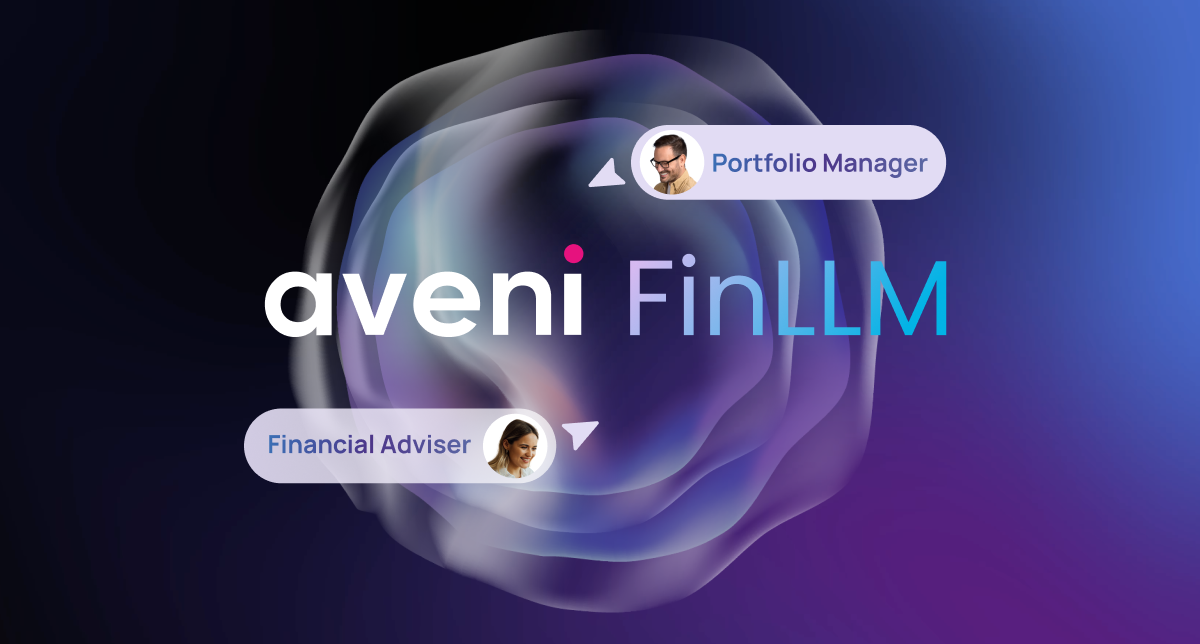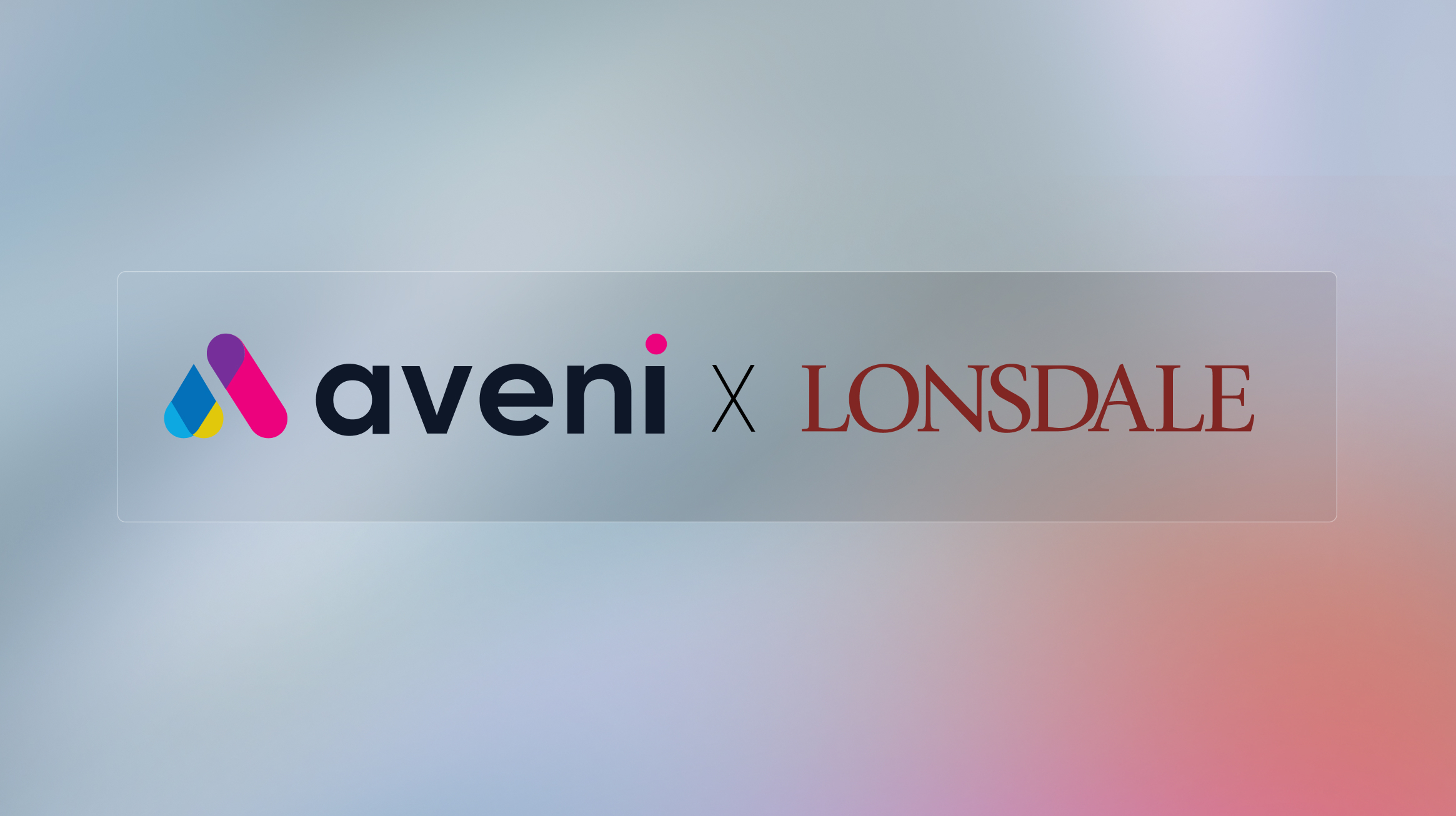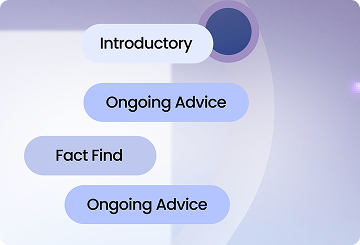The FCA’s latest consolidation review shifts attention back to how wealth firms grow. It shows a pattern across the market: acquisitions succeed when firms build from a single operating model, and they struggle when every acquired business keeps its own way of working.
This puts consolidators at an early fork in the road. One path leaves firms running on different systems, templates and data standards. The other brings everything onto one platform with clear governance, consistent processes and predictable oversight. The review illustrates how these choices shape client outcomes, regulatory confidence and long-term stability.
For private equity-backed consolidators and fast-growing wealth groups, these findings set the tone for what comes next. Firms with consistent operations move faster, carry less risk and build a stronger case for future investment. Those that delay standardisation face rising costs, slower integrations and closer regulatory attention.
Two Models, Two Different Outcomes
Not all consolidators operate the same way, and those differences matter.
Aggregators buy businesses and leave them alone. Each acquired firm keeps its own systems, customer relationship management (CRM) software, and processes. This sounds less disruptive, but, in reality, it creates problems. Compliance oversight becomes fragmented. Data sits in different places with different standards. Centralised risk management becomes nearly impossible.
Consolidators follow a more structured route. They move acquired firms onto one operating model with a shared CRM, aligned compliance processes and consistent data.
The FCA’s review highlights why this approach performs better. Firms with clear structures, planned integrations and consistent risk management supported stronger client outcomes. In contrast, weak governance and scattered oversight increased risk for both firms and their customers.
Learn why enterprise suitability requires operational consistency →
When Different Systems Create Hidden Costs
Allowing acquired firms to keep running their own systems may seem practical at first, however, the reality looks very different after six months.
One firm uses a different CRM system. Another follows its own template for suitability reports. A third captures client information differently during initial meetings. These variations multiply with every acquisition.
The consequences add up quickly. Boards cannot get a complete view of how well the business meets Consumer Duty requirements. Regulators struggle to assess risk across the entire group. Integration takes far longer than projections suggested. Costs rise while the benefits of scale remain out of reach.
The FCA saw this pattern repeatedly in their review. Groups with complex structures or offshore arrangements that limited oversight weakened their financial resilience. Multiple operating models made proper regulatory supervision harder and increased the chance of client harm.
Consistency becomes the difference between growth that creates value and growth that creates problems.
Take 7IM as a practical example. They built their business around a clear operating model with a defined end state in mind. Their approach is straightforward: acquired firms move onto the 7IM platform or the partnership does not proceed. This discipline creates real operational efficiency, enables oversight from a single point, and ensures every adviser works with the same technology and standards.
Getting Advisers On Board Matters More Than the Technology
Bringing in new systems achieves little if advisers choose not to use them.
Advisers who built their own firms often hesitate when standardisation arrives. Their concern is understandable. They have spent years nurturing relationships through personal service, and they worry that a single system will dilute the way they work.
This challenge sits at the heart of consolidation. Clients place trust in their adviser, not the wider group. That trust is built through long conversations, shared milestones and financial decisions made over time. Advisers work hard to protect it.
Effective consolidators tackle this early. They show advisers how unified systems remove repetitive admin and free up time for client work. When an adviser sees report preparation fall from 90 minutes to 20 minutes, the change becomes tangible. What once felt like a corporate demand turns into something that supports their day.
This shift needs to reach the whole organisation. Compliance teams need clarity on how consistent processes strengthen oversight. Operations teams need guidance on new workflows. Leadership needs evidence that shared systems create better information for decisions. Cultural change grows through visible benefits rather than instruction.
Discover how AI reduces adviser admin and supports adoption →
What Private Equity Investors Need to Know About the FCA Review
The FCA’s review places PE-backed consolidators under sharper scrutiny, while still signalling support for growth that is well managed and properly structured.
Regulators highlight several pressure points: complex group structures that weaken oversight, acquisition debt that threatens financial stability and inadequate due diligence on firms being acquired. For PE investors working on tighter timelines, these issues matter. Acquiring firms without a clear plan for integration introduces regulatory and operational risk.
The FCA will now assess every acquisition that requires change-in-control approval in greater depth. They will challenge whether buyers are suitable, whether the deal is financially sound and whether it strengthens protection for clients. Completing acquisitions without approval may lead to objections or, in more serious cases, criminal proceedings.
Industry experts called the review “a warning shot for acquirers.” Firms that plan integrations carefully, uphold Consumer Duty and maintain strong governance are more likely to progress through the approval process smoothly. Those that rush or cut corners will face delays, conditions or refusal.
The message: growth continues to make commercial sense, but it needs structure, due diligence and disciplined integration.
Start With the End in Mind
Successful consolidators know exactly where they are heading before they buy the first firm.
This means defining your target operating model upfront. Which CRM will everyone use? What template will standardise suitability reports? How will client information flow from initial meetings through ongoing service? What compliance processes will apply across every adviser?
When these answers are missing, each acquisition introduces new variations that add complexity rather than scale. Costs rise, integrations take longer and the commercial case for further deals weakens.
The FCA’s review shows the same trend across the market. Firms that planned their acquisition strategy and built structured integrations delivered stronger client outcomes. Those without clear frameworks struggled with service quality, continuity and daily operations.
See how AI enables consistent compliance across large adviser networks →
How AI Creates Consistency Without Replacing Everything
Purpose-built AI for financial services gives consolidators a way to standardise compliance without rebuilding their entire technology stack.
For instance, automated document generation turns meeting notes, fact-finds, and CRM data into suitability reports using your firm’s approved templates. Every adviser follows the same framework and produces reports that meet regulatory standards while matching your firm’s tone. For a consolidator combining firms that each did documentation differently, this solves the consistency problem immediately.
Compliance managers can upload Word-based templates with your branding, share them across the adviser network, and update them instantly when rules or guidance change. This prevents the scenario where 500 advisers create 500 slightly different versions of the same regulatory requirement.
The system also monitors calls and meetings across your entire adviser network, identifying Consumer Duty indicators in dashboards that give boards the unified view regulators expect. Instead of sampling a tiny percentage of interactions, you get comprehensive coverage.
For consolidators managing messy data across acquired firms, AI trained specifically on financial services ensures outputs align with FCA expectations. Generic AI tools lack this regulatory understanding. Purpose-built models reduce risk and provide the transparency regulators look for.
Explore how FinLLM provides financial services-specific AI →
Speed Matters When Integrating Acquisitions
Consolidators compete on how quickly they can turn acquired firms into unified operations. The faster integration happens, the sooner returns appear and the stronger the case for the next acquisition.
Manual standardisation slows that momentum and can take months or even years. Each acquired firm needs custom integration work. Compliance teams review documents one by one. Data stays trapped in separate systems. Progress stalls while costs mount.
AI reduces these timelines dramatically. Firms using AI achieve measurable returns within weeks through automated admin and scaled quality assurance. One consolidator cut suitability report preparation from 90 minutes to under 20 minutes. Another saved 1,400 adviser hours monthly, worth over £40,000.
These numbers come from actual implementations, not projections.
The FCA’s review echoes the same pattern: consolidators with clear integration plans and well-resourced monitoring delivered better outcomes. AI provides the infrastructure that makes disciplined integration possible at scale.
What the FCA Expects From Growing Firms
The consolidation review established specific expectations for firms acquiring financial advisers and wealth management businesses.
- Governance must grow with the business. Boards need experienced independent directors, dedicated risk committees, and management information that shows exposure across all adviser networks. Decision-makers need the right data to understand how choices at the group level affect individual regulated entities.
- Integration proves consumer protection. Firms need to show how systems are being aligned, how adviser remuneration is standardised and how client outcomes are monitored after an acquisition. Regulators see effective integration as proof that clients remain protected throughout the process.
- Consumer Duty applies during transitions. Client communications, suitability reviews, and fee changes must show that good outcomes continue throughout the change. Conflicts of interest need identification and resolution, particularly incentives tied to selling specific products or structured into earn-out payments.
- Financial resilience is another priority. Acquisition debt should sit at the holding company level rather than being secured against regulated subsidiaries. Firms must maintain adequate financial resources with realistic, stress-tested plans for managing debt.
Read our complete guide to Consumer Duty compliance with AI →
Boards Need Clear Visibility Across the Network
Senior leaders and boards need confidence that compliance works consistently everywhere. They need to know where risks sit. They need control over how the business scales.
Fragmented systems make this impossible. When acquired firms run on different processes and data structures, boards receive an incomplete picture. Risk assessments depend on small samples, and compliance teams struggle to identify patterns because information sits in separate systems.
Unified systems change that. Dashboards highlight risk indicators across the entire adviser network. Compliance teams move from manual sampling to intelligent prioritisation. Management receives insights that reveal trends and support better decisions.
This level of visibility gives regulators the evidence they expect. When the FCA looks at consolidation activity, firms with strong management information, consistent systems and clear oversight can show that growth has not weakened client outcomes.
The Way Forward
The FCA’s consolidation review sets out a clear direction for the market. Firms that acquire responsibly, integrate with discipline and maintain strong governance will continue to grow successfully. While, firms that prioritise speed over substance will face scrutiny and delays.
For consolidators aiming to build sustainable businesses, the priorities are straightforward. Define your target operating model early. Standardise compliance before the acquisition pipeline accelerates. Put technology in place that supports consistent oversight across every adviser and every firm across your network.
AI built for financial services accelerates this shift. It aligns advisers under one framework, eliminates operational fragmentation, and delivers the evidence boards and regulators need to see.
Firms that take these steps now will integrate faster, lower risk and demonstrate to investors and regulators that consolidation can create value while protecting client outcomes.
See How It Works
Discover how Aveni’s platform standardises compliance across acquired firms, automates regulated workflows, and delivers measurable returns at enterprise scale.






